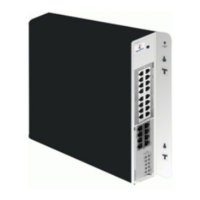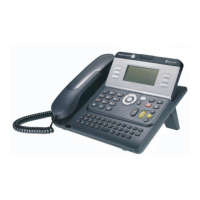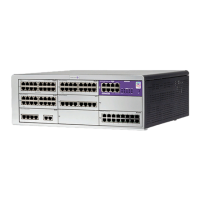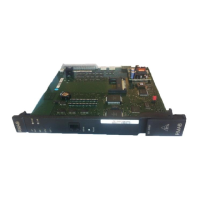

Do you have a question about the Alcatel-Lucent OmniPCX Office RCE Medium and is the answer not in the manual?
| Model | OmniPCX Office RCE Medium |
|---|---|
| Capacity | Up to 200 users |
| Maximum number of users | 200 |
| VoIP Support | Yes |
| Protocols Supported | SIP, H.323 |
| Analog Ports | 8 |
| Power Supply | 100-240 VAC, 50/60 Hz |
| Storage Temperature | -20°C to 70°C |
| Humidity | 10% to 90% non-condensing |
| Type | IP PBX |
| Operating Temperature | 0°C to 40°C |
Provides an overview of the system, including preliminary information and safety rules.
Details safety rules, declarations of conformance with directives, and interface classification.
Outlines measures and notices for protecting against harmful interference, including FCC and VCCI regulations.
Introduces the OmniPCX Office Communication Server and its platform range.
Describes available OmniPCX Office RCE platform models: Compact, Small, Medium, and Large.
Provides an overview of the installation process for the system.
Details the available boards and options for the OmniPCX Office RCE platforms.
Explains how software licenses define system service levels and manage features.
Describes the role of software keys (MAIN and CTI) in enabling system functions.
Provides detailed descriptions of services controlled by the Main and CTI software keys.
Details system services like standard telephony, mobility, networking, and VoIP.
Covers the unit's location options: wall mounting, rack mounting, and table placement.
Details physical connections and cabling for various boards and terminals.
Explains installation procedures for external power supplies and battery implementation.
Provides commissioning and configuration details for 8002/8012 Desk Phones and SIP phones.
Details commissioning for IP Touch 4008/4018 phones, including static and dynamic initialization.
Covers commissioning for IP Touch 4028/4038/4068 phones and their related modules.
Describes the hardware, standards, and connections for the V24/CTI Interface Module.
Details the AP Interface Module for connecting analog peripherals, its standards, and configuration.
Explains the S0 Interface Module for connecting S0 terminals, its standards, and connections.
Provides installation recommendations, safety rules, and coverage details for DECT base stations.
Details the IP-DECT system, its connection, power, and LED status indicators.
Introduces PIMphony, a personal productivity tool connecting phone terminals to computers.
Covers installation procedures for Premium and Advanced Reflexes terminals, including mounting.
Explains how to replace terminals, add modules, and manage connections for installation extensions.
Details the installation, network topologies, and licensing for the My IC Social Networks application.
Lists supported platforms and installation requirements for ACD applications.
Provides default key functions for IP Touch and Digital Phone sets based on configuration.
Details default F1/F2 and virtual key functions for various phone models and modes.
Guides the initial system configuration using a phone set for basic setup.
Details the PC application OMC for system programming, including minimal configuration requirements.
Provides maintenance advice for hardware components, focusing on battery and ventilation.
Covers battery maintenance, ventilation system cleaning, board replacement, and hard disk care.
Defines terms starting with 'A', covering ACD, ACSE, ADN, AFU-1, AMIX-1, AP, APA, API, ARI, ARS, ASN-1, ATA.
Defines terms starting with 'B', including BACKGROUND MUSIC, BACP, BAP.
Defines terms starting with 'C', such as CA, CCP, CHAP, CIFS, CLIP, CLIR/COLR, CNIP, COLP, CONP, CPU, CSTA, CTI, CTL.
Defines terms starting with 'D', including DAP, DASS2, DDI, DECT, DHCP, Direct RTP, DISA, DLL, DLT0, DLT2, DNS.









